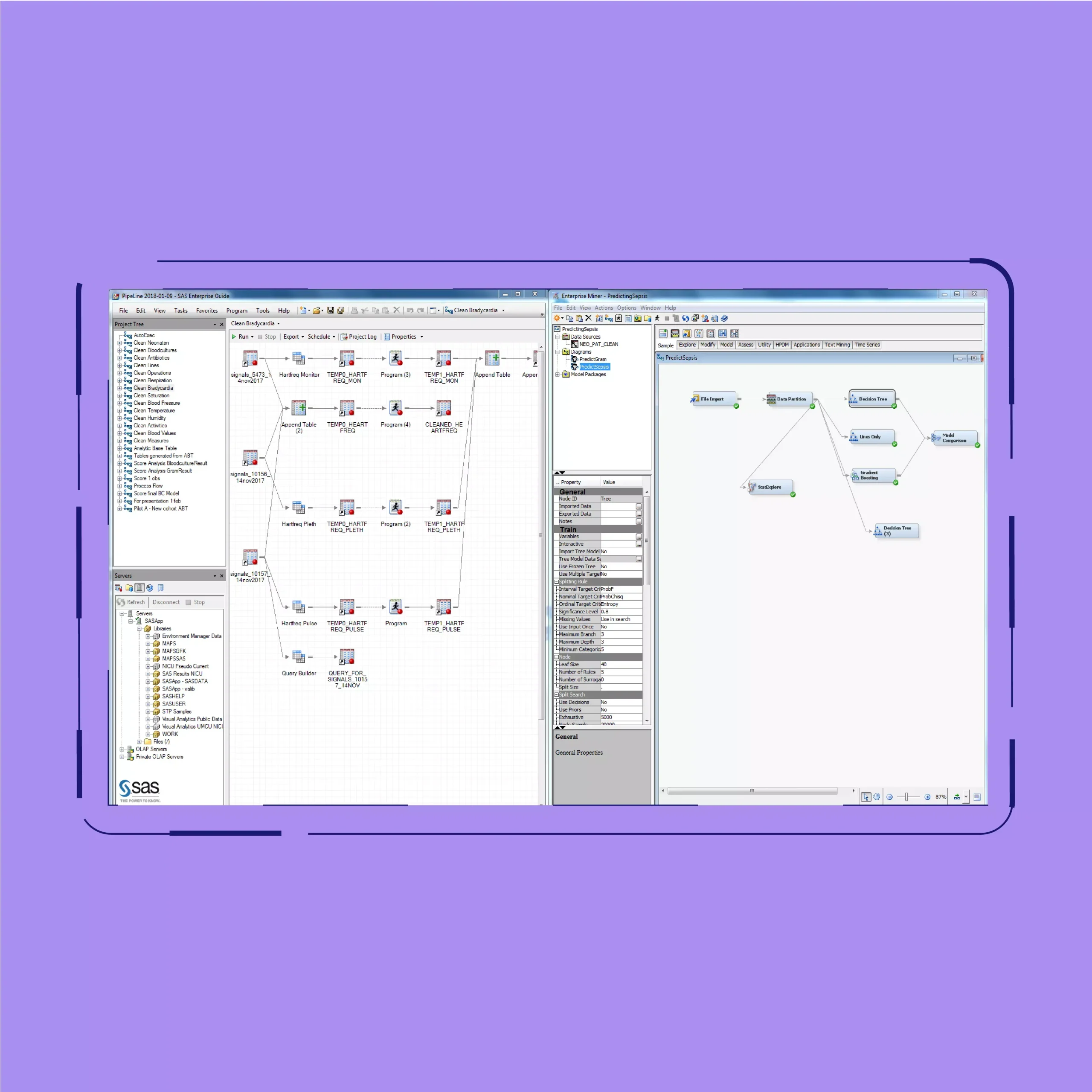This data-driven algorithm helps doctors decide whether the administration of antibiotics to preterm babies is necessary. This provides doctors with crucial additional information when treating sepsis.

Their Challenge
Babies born after less than 32 weeks of pregnancy have a high probability of obtaining sepsis during their stay at the Neonatal Intensive Care Unit (NICU). UMC Utrecht launched the ‘Applied Data Analytics in Medicine’ (ADAM) to explore data analytics opportunities in healthcare. The NICU of the Wilhelmina Kinder Ziekenhuis needs an algorithm that validates suspicions of sepsis and predicts the type of bacteria that will most likely be found in the blood.

Our Solution
We used Big Data to proactively treat and even prevent sepsis. Multiple databases, such as the Research Data Platform, MetaVision (real-time data), UPOD (cell data), and HiX (patient information), were combined to construct a predictive algorithm. We used SAS Enterprise Guide and SAS Enterprise Miner to connect the databases and to build the algorithm. This algorithm helps to predict whether the diagnosis of sepsis is justified and, if so, which type of bacteria is likely to be present. Also, the algorithm provides doctors with a detailed overview of the variables, values, and predictions. This gives doctors reliable decision support for the treatment of sepsis.




